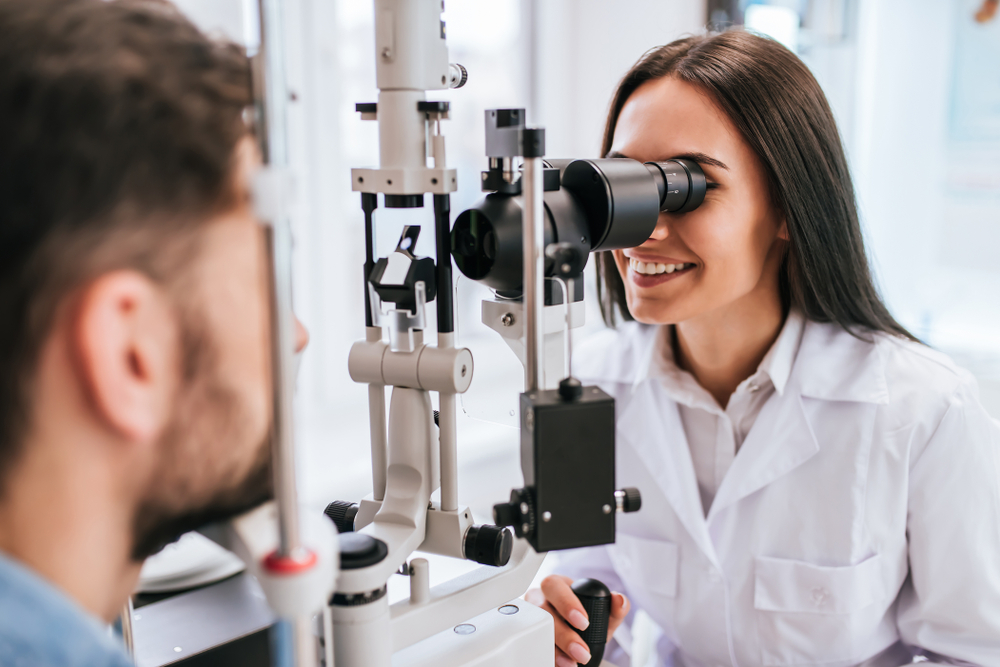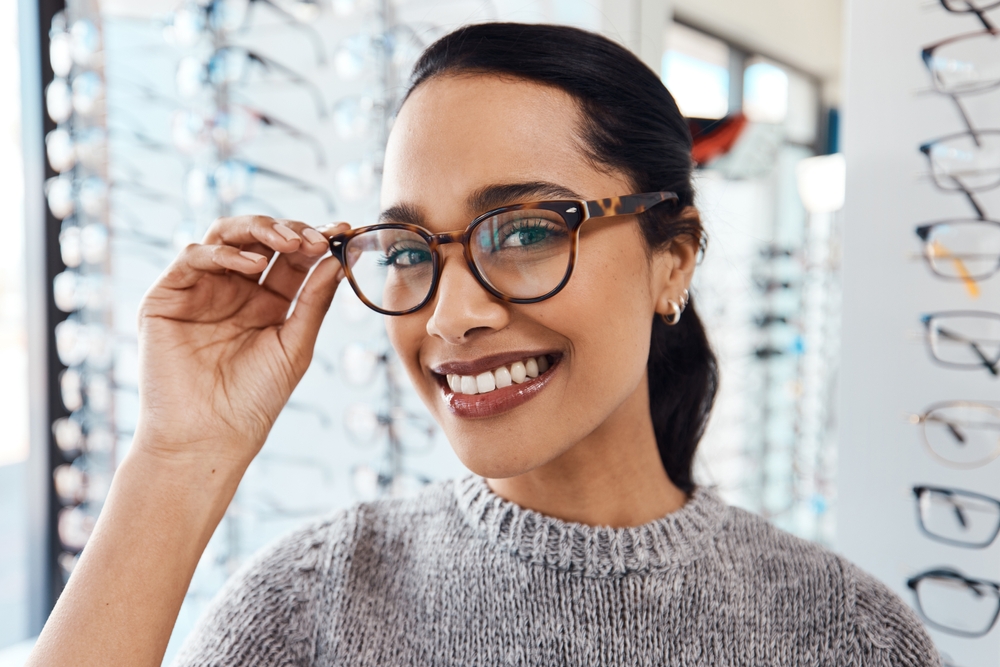How Often Should You See Your Ophthalmologist If You Wear Glasses?
March 29, 2024
If you wear glasses or contact lenses, you may wonder how often you should see your eye doctor. Many people wearing glasses and contact lenses may think they don't need to visit their eye doctor regularly.
They may think they can get away with using the same prescription for several years. But if you want optimal vision and your eyes to stay healthy, you must see your ophthalmologist or optometrist more frequently.
You may even need to see them frequently, even if you don't wear glasses regularly. Keep reading to discover how often you should see your ophthalmologist or optometrist if you wear glasses and why eye exams are necessary.
Why Do You Need Eye Exams Regularly?

Scheduling eye exams regularly is essential for everyone, whether or not you need to wear glasses. However, they become even more critical if you need glasses to see clearly and you're over 40.
Having refractive errors and being over 40 also puts you at higher risk for eye conditions, which you're more likely to develop as you get older. When you're younger, you'll receive different kinds of eye exams.
Although you're still receiving a comprehensive eye exam, the eye exam you receive between 18 and 35 will differ from the one you receive between 35 and 50. When you're older, your ophthalmologist or optometrist will look for different vision problems, including age-related eye conditions.
These include cataracts and presbyopia. However, regardless of your age, you may need comprehensive eye exams more regularly if you're at higher risk for eye conditions due to having other eye conditions or certain medical conditions like diabetes.
Even if your eyes are healthy, besides having a refractive error, it's essential to have regular eye exams. How regularly you need to schedule them will depend on various factors.
Your ophthalmologist or optometrist will tell you how often to schedule eye exams depending on your visual needs, family history, and if you have other eye conditions that require monitoring.
Patients with Refractive Errors
You should see your eye doctor once a year if you need to wear glasses or contact lenses to correct nearsightedness, farsightedness, or astigmatism. Your prescription for glasses and contact lenses may change slightly over a year.
Even if your vision is stable, it's a good idea to have annual eye exams to ensure your prescription is as accurate as possible. Your yearly eye exam will allow your ophthalmologist or optometrist to screen for common eye conditions associated with refractive errors.
Learn More About Comprehensive Eye Exams
Schedule a General Eye Care Appointment
Patients with Presbyopia
You may need glasses even if you don't have a refractive error. One reason is if you use reading glasses due to an age-related eye condition called presbyopia.
Presbyopia is an age-related eye condition that makes it harder to focus up close due to the eye's natural lens becoming less flexible. It affects most people at some point and tends to start in one's 40s, often getting worse due to aging.
Reading glasses are the go-to treatment for presbyopia, and you can buy most without a prescription. Reading glasses just magnify what you see, so they're only worn when looking at text or other objects up close.
They come in different strengths, depending on what strength you need. Some people with presbyopia may not need a prescription.
However, you may need prescription reading glasses if you have severe presbyopia. If you also have refractive errors like nearsightedness and farsightedness, you may want reading glasses with bifocal or progressive lenses.
These lenses will help you still see well at a distance but also help you focus up close better. Presbyopia on its own may not be enough reason to see your eye doctor annually.
However, because presbyopia primarily affects adults over 40, you'll want to see your eye doctor more frequently to check for eye conditions like cataracts, which can affect your vision and ability to see clearly.
All Patients
 Whether you wear prescription glasses, contact lenses, reading glasses, or you don't need visual aids, you should still see your eye doctor regularly by the time you turn 40. If you don't need glasses or contacts and are under 40, you should still prioritize seeing an eye doctor. Seeing an eye doctor will ensure that your eyes are healthy and no eye conditions affect your vision that you can't see. Once you turn 40, you should see your eye doctor more frequently.
Whether you wear prescription glasses, contact lenses, reading glasses, or you don't need visual aids, you should still see your eye doctor regularly by the time you turn 40. If you don't need glasses or contacts and are under 40, you should still prioritize seeing an eye doctor. Seeing an eye doctor will ensure that your eyes are healthy and no eye conditions affect your vision that you can't see. Once you turn 40, you should see your eye doctor more frequently.
If you're at an increased risk for certain eye conditions, you should see your eye doctor annually, even if you don't wear glasses or contact lenses. Having eye exams regularly when you're over 40 is essential because age-related eye conditions may not have obvious symptoms in their early stages.
Many of these eye conditions also cause permanent vision damage. Receiving an early diagnosis during a comprehensive eye exam is the only way to get effective treatment before you experience permanent vision loss.
You should also see your eye doctor whenever you have any persistent eye irritation or issues with your vision. These may be signs of an eye injury or disease, and examining your eyes is the first step toward treatment and possibly even saving your vision. Your eye doctor can help you determine the cause of any problems and minimize discomfort with treatment if necessary.
Have you been putting off scheduling your next eye exam? Make your eyes a priority by scheduling your general eye care appointment today at Washington Eye Specialists in Washington, DC! Why wait when you only get one pair of eyes to see the world?



